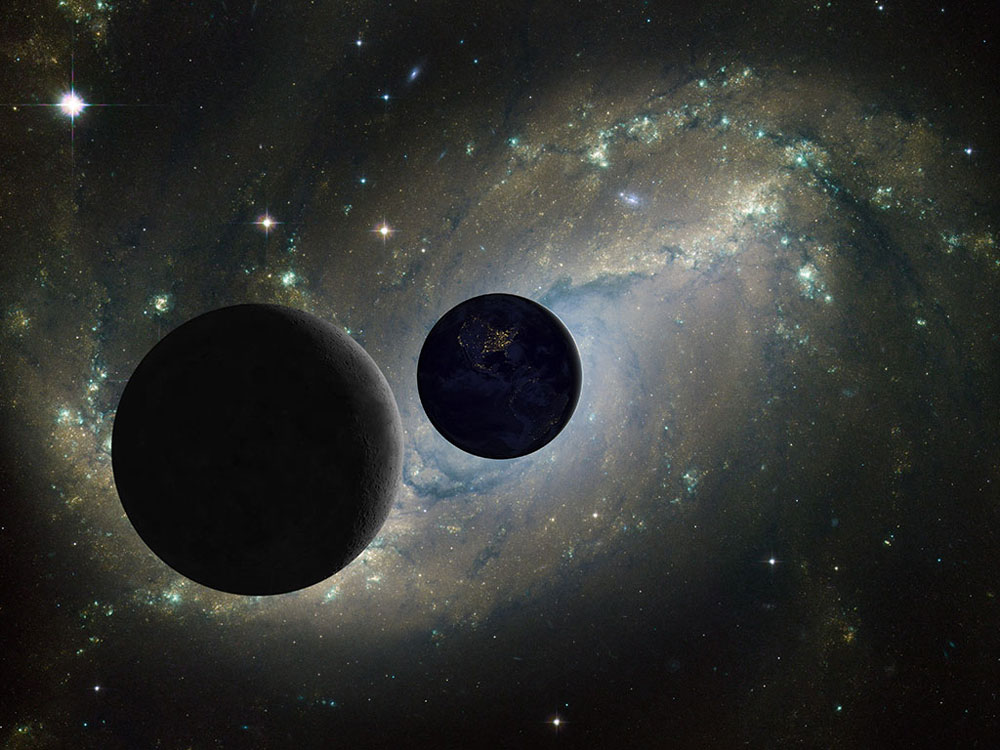8 Planets and 5 Dwarf Planets
8 Planets and 5 Dwarf Planets
8 Planets and 5 Dwarf Planets
8 Planets and 5 Dwarf Planets
8 Planets and 5 Dwarf Planets
8 Planets and 5 Dwarf Planets
The prevailing theory of how our solar system formed begins at 4.54 billion years ago. At this time a Molecular Cloud, comprising of mainly Hydrogen, Helium and many heavier trace elements fused to form matter.
This pre-solar nebula spanned across 200 AU (1 AU is the distance between our Sun and the Earth, which is 150 million kilometres away) and with the accretion of mass toward the centre of this Protoplanetary Disk, a Protostar was born and within 50 million years, thermonuclear fusion ignited our star.
During this period, gravity, pressure and temperature gave rise to the formation of an excessive number of protoplanets and over time, accumulated and combined to become planets, dwarf planets, satellites, asteroids, comets and meteors within our Solar System. With higher temperatures toward the centre of this protoplanentary disk, only metals and silicates could reside in the warmer inner Solar System, forming into the rocky planets of Mercury, Venus, Earth, and Mars.
The Frost Line, is the path that lays between the orbits of Mars and Jupiter. From this point on, materials remain cold enough for gas and liquid compounds to remain solid, allowing for the planets Jupiter, Saturn, Uranus, and Neptune to grow massive enough to capture large atmospheres of hydrogen and helium, the most abundant elements in the universe. The creation of these planetary bodies, from inner rocky planets to the outer gas and icy giants, leave behind excessive planetary debris that find their way within the Asteroid belt, Kuiper belt and the Oort cloud.
Within the centre of the protostar, the pressure and density of hydrogen became great enough to initiate and maintain thermonuclear fusion. Our Sun became a Main-Sequence Star which will last for another 5.5 billion years.
Solar wind from the Sun permeates space throughout what we call the Heliosphere, a spherical area of space that spans 18.2 Billion Kilometres from our Sun.
This radiation sweeps away the remaining gas and dust from the protoplanetary disc into interstellar space, ending the planetary formation process, leaving 8 Planets with their 173 Planetary Satellites, 5 Dwarf Planets with their 8 Satellites, 623,422 Asteroids and 3,229 Comets…
MERCURY | Planet
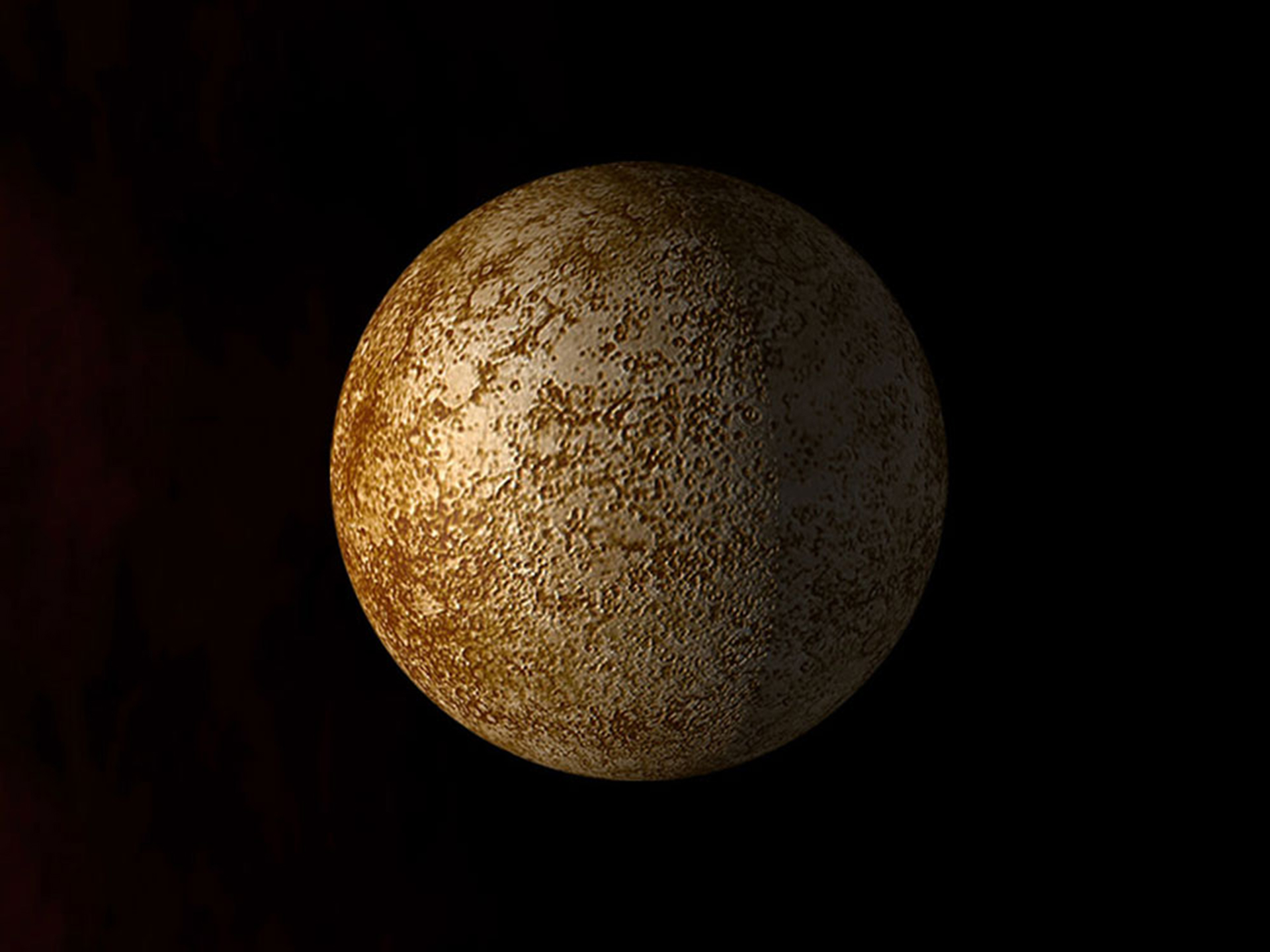
MERCURY, the closest planet to the Sun has an orbital period of 88 earth days and rotates to face the sun (Sidereal Day) once every 58.646 Earth days. Temperatures range from 100 K (−173 °C) to 700 K (427 °C). Atmospheric pressure is at 0.001 picobar, which limits the retention of heat and is composed of 42% molecular oxygen, 29.0% sodium, 22.0% hydrogen, 6.0% helium, 0.5% potassium, trace amounts of argon, nitrogen, carbon dioxide, water vapour, xenon, krypton, and neon.
VENUS | Planet
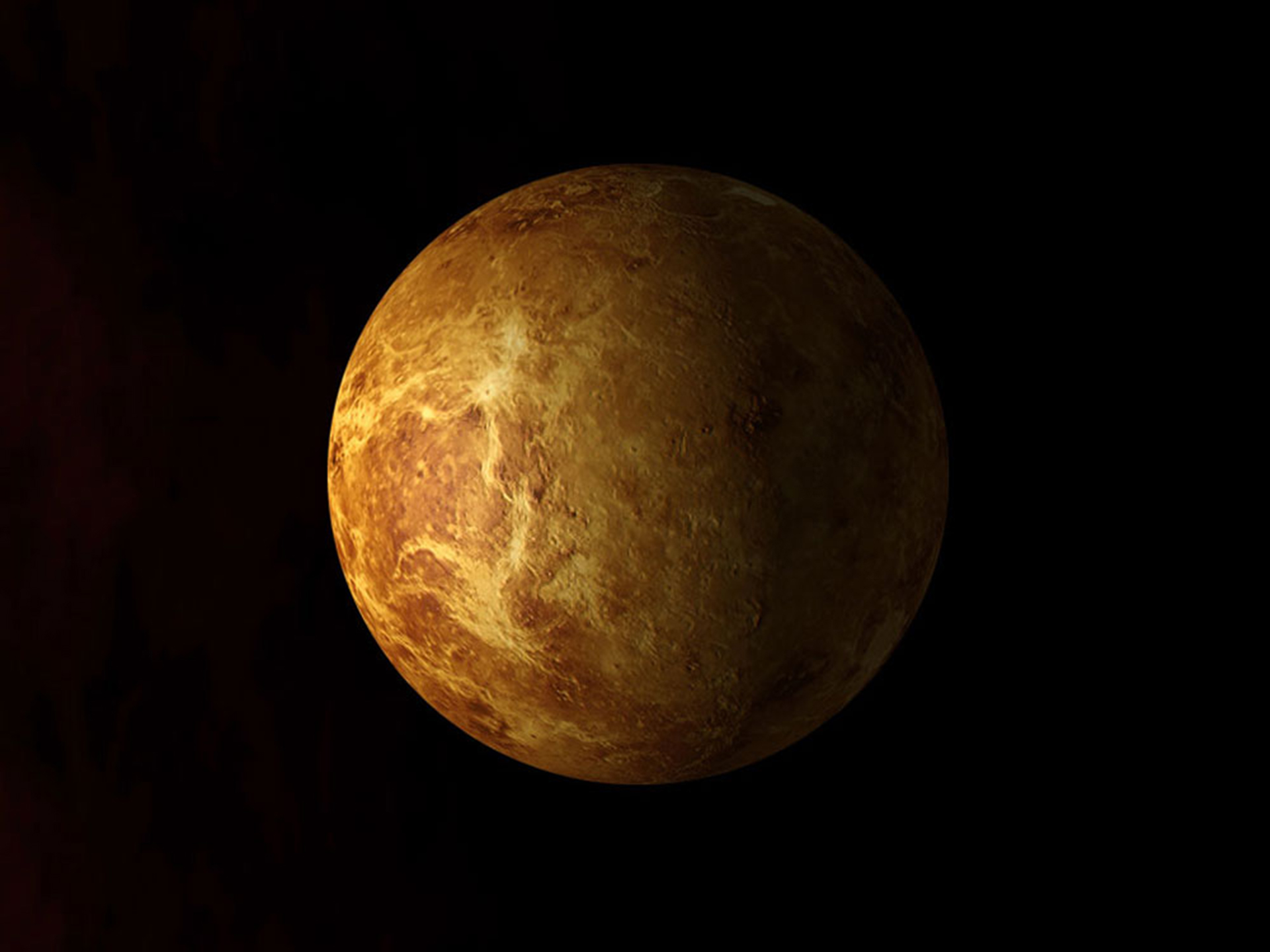
VENUS, the secondary planet from the Sun, has an orbital period of 224.7 earth days and has a retrograde rotation, in opposition to all other planets in the solar system and rotates to face the sun (Sidereal Day) once every 243 Earth days. Temperatures average at 735 K (462 °C). Atmospheric pressure is at 92 bar (1 bar on earth) and is composed of 96.5% carbon dioxide, 3.5% nitrogen, trace amounts of sulphur dioxide, argon, water vapour, carbon monoxide, helium, neon, carbonyl sulphide, hydrogen chloride and hydrogen fluoride.
EARTH | Planet
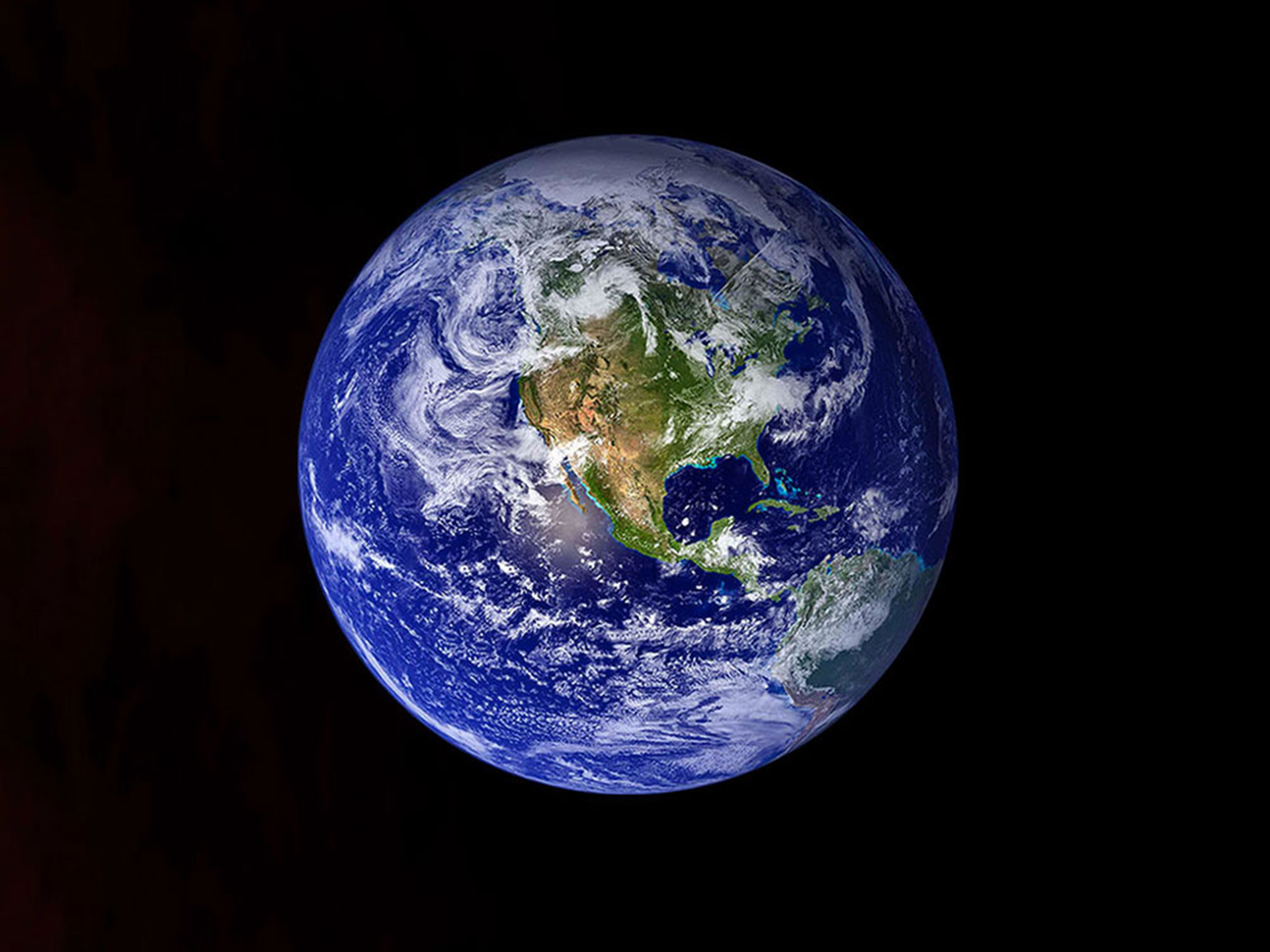
EARTH, our home, the third planet from the Sun, has an orbital period of 365.26 earth days and rotates to face the sun (Sidereal Day) once every 23h 56m 4.1s. Temperatures range from 184 K (−89.2 °C) to 330 K (56.7 °C). Atmospheric pressure is at 1 bar and is composed of 78.08% nitrogen, 20.95% oxygen, 0.93% argon with trace amounts of carbon dioxide, water vapour, neon, helium and methane.
MARS | Planet
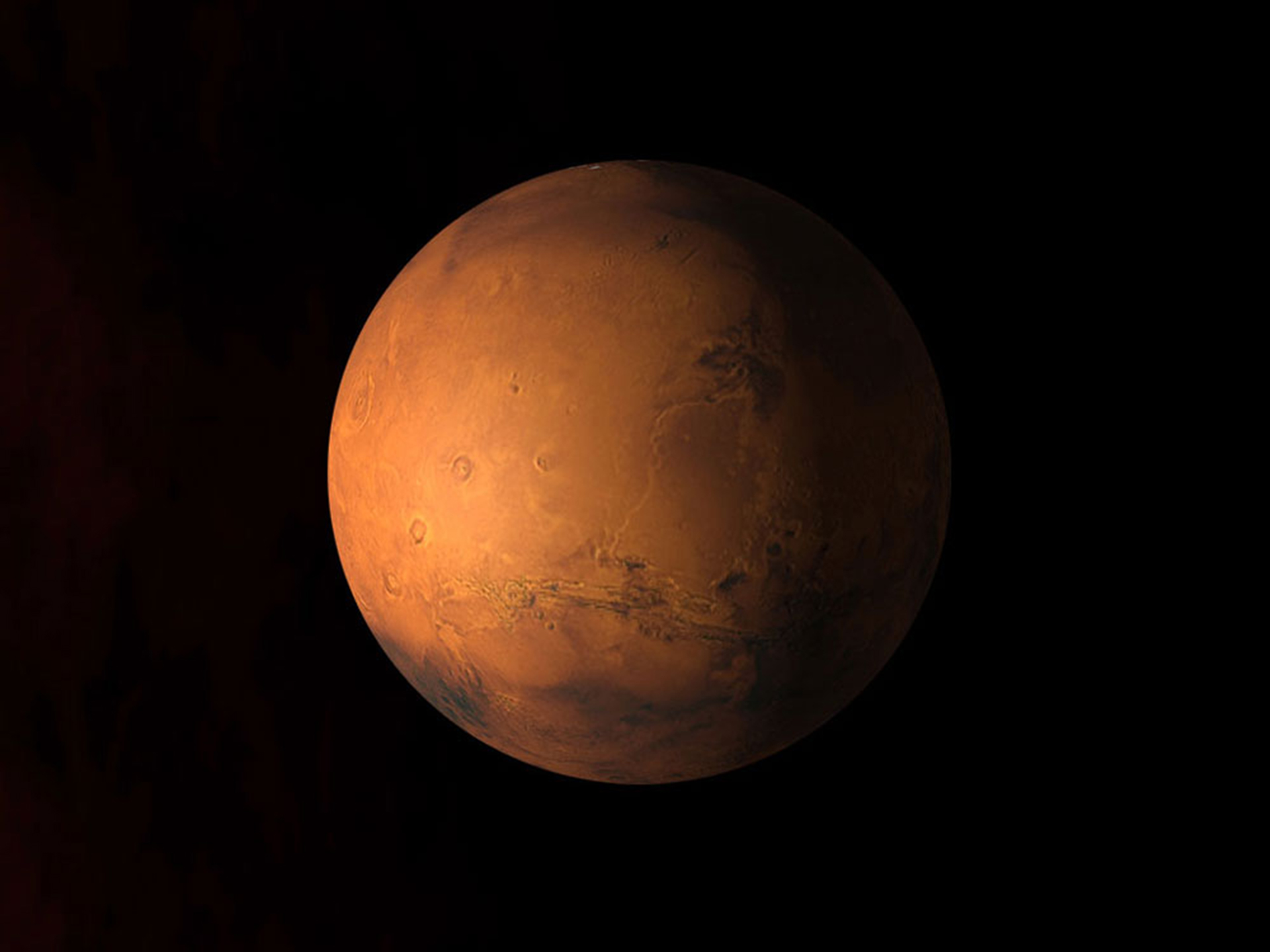
MARS, the forth planet from the Sun, has an orbital period of 686.97 earth days and rotates to face the sun once every 24h 37m 22s. Temperatures range from 130 K (−143 °C) to 308 K (35 °C). Atmospheric pressure ranges from 0.006 to 0.01 bar and is composed of 95.97% carbon dioxide, 1.93% argon, 1.89% nitrogen and 0.146% oxygen with trace amounts of carbon monoxide, water vapour, nitric oxide, molecular hydrogen, neon, heavy water, krypton, formaldehyde, xenon, hydrogen peroxide and methane.
CERES | Dwarf Planet
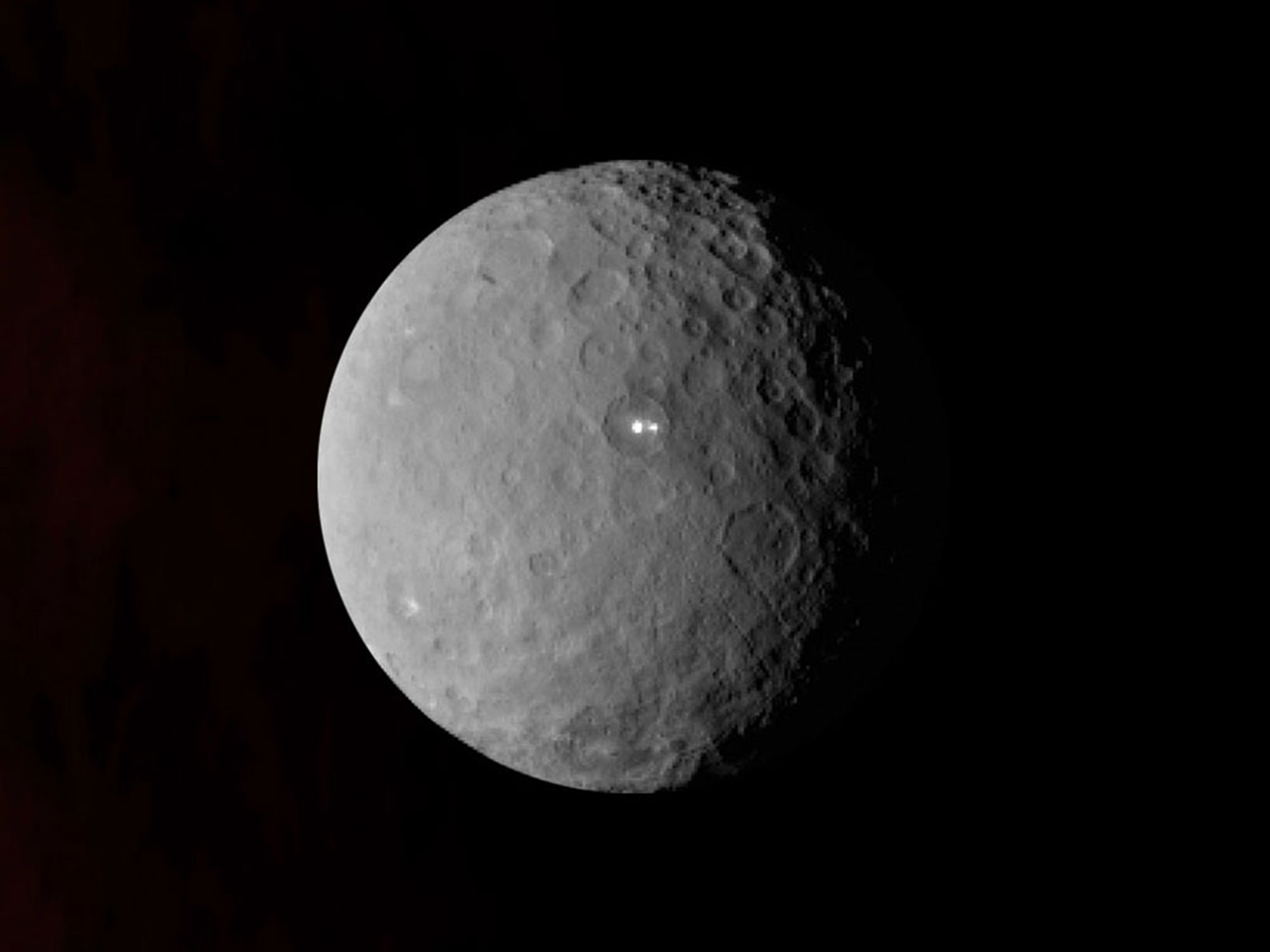
CERES, a dwarf planet, has an orbital period of 1,681.63 earth days and rotates to face the sun once every 9h 4m 44s. Temperatures range from 168 K (−105 °C) to 235 K (−38 °C).
JUPITER | Planet
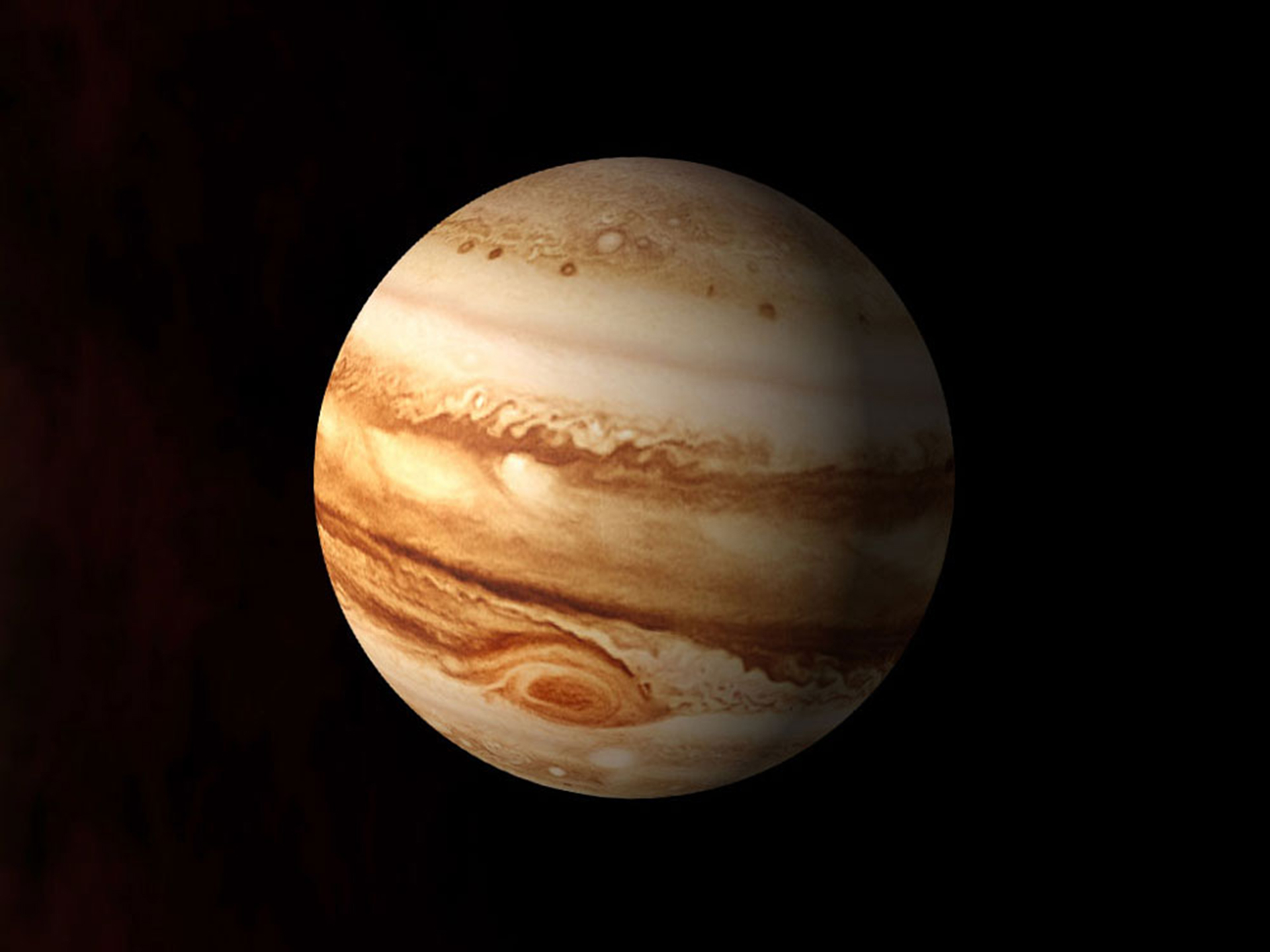
JUPITER, the fifth planet from the Sun, has an orbital period of 4,332.59 earth days and rotates to face the sun once every 9h 55m 30s. Temperatures average at 165 K (−108.15 °C). Atmospheric pressure is greater than 1000 bar and is composed of 89.8% hydrogen, 10.1% helium with trace amounts of methane, ammonia, hydrogen deuteride, ethane, ammonium hydrosulphide, nitrogen and water.
SATURN | Planet
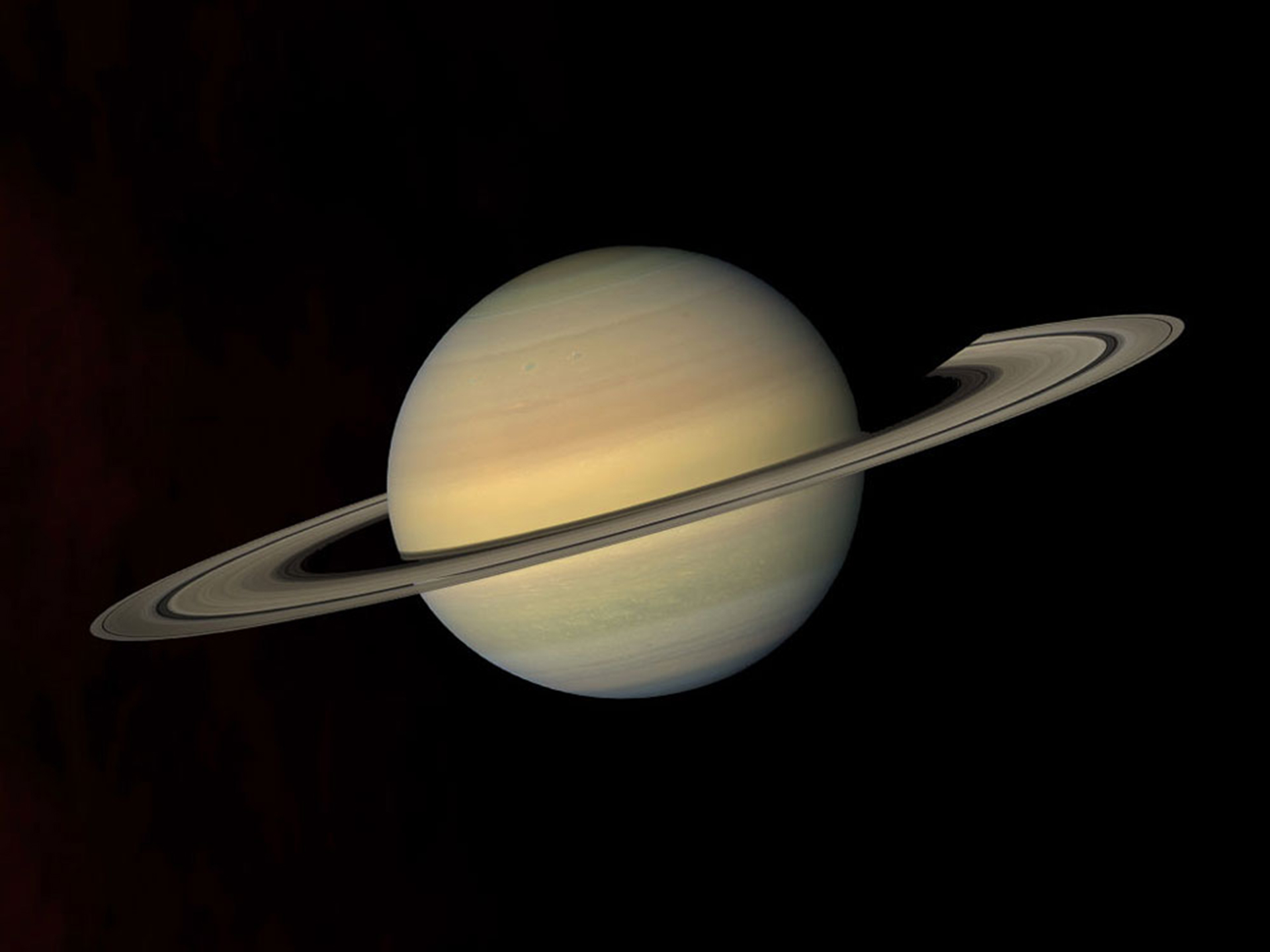
SATURN, the sixth planet from the Sun, has an orbital period of 10,759.22 earth days and rotates to face the sun once every 10h 32m 35s. Temperatures average at 134 K (−139 °C). Atmospheric pressure is greater than 1000 bar and is composed of 96% hydrogen, 3% helium, and 0.4% methane with trace amounts of ammonia, hydrogen deuteride, ethane, ammonium hydrosulphide, nitrogen and water.
URANUS | Planet
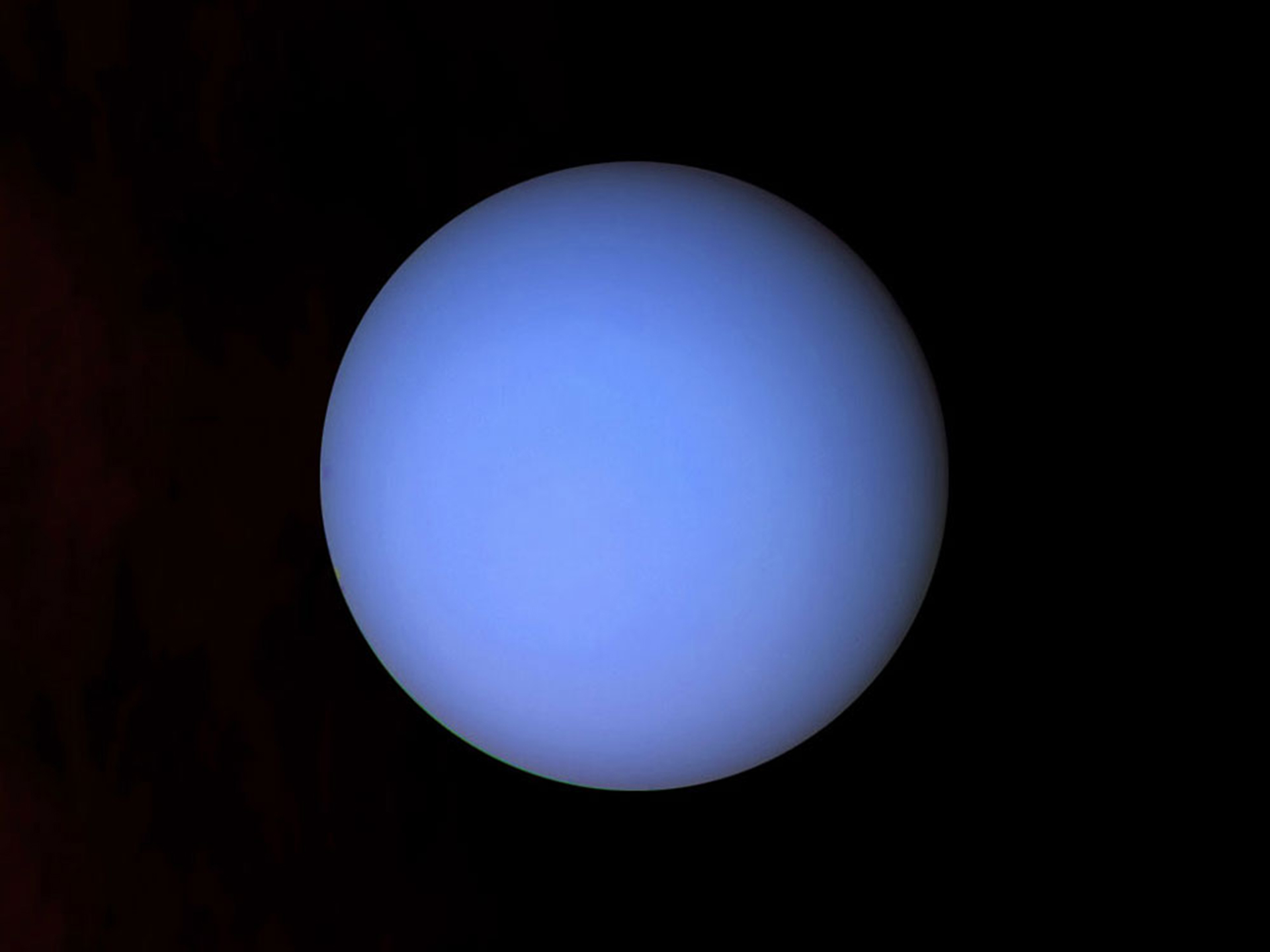
URANUS, the seventh planet from the Sun, has an orbital period of 30,687.15 earth days and rotates to face the sun once every 17h 14m 24s. Temperatures average at 76 K (−197.2 °C). Atmospheric pressure is greater than 1000 bar and is composed of 83% hydrogen, 15% helium and 2.3% methane with trace amounts of hydrogen deuteride, ammonia, ammonium hydrosulphide, methane hydrate and water.
NEPTUNE | Planet
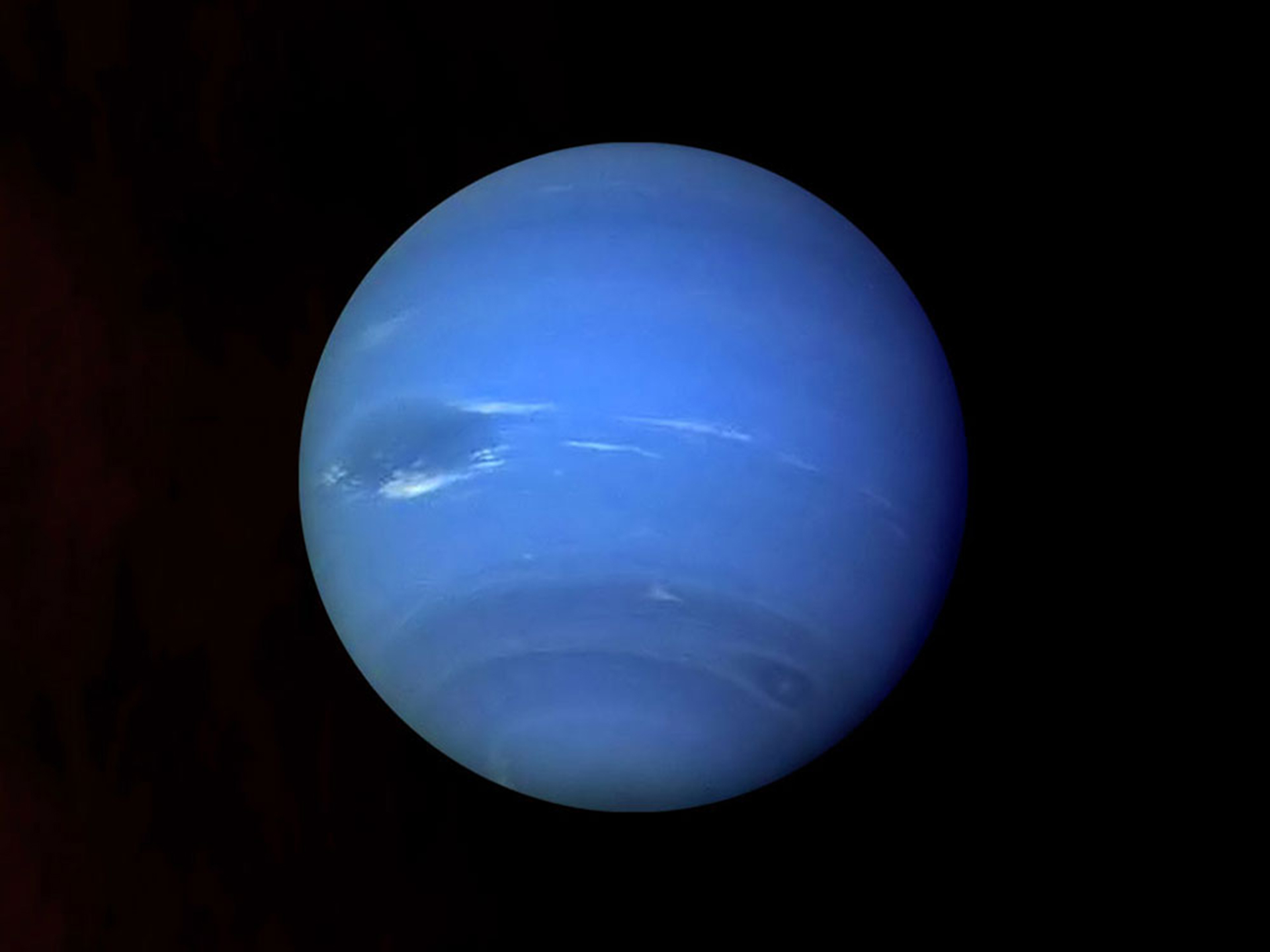
NEPTUNE, the eighth planet from the Sun, has an orbital period of 60,190.03 earth days and rotates to face the sun once every 16h 6m 36s. Temperatures average at 72 K (−201 °C). Atmospheric pressure is greater than 1000 bar and is composed of 80% hydrogen, 19% helium, 1.5% methane and trace amounts of hydrogen deuteride, ethane, ammonia, ammonium hydrosulphide, methane, nitrogen and water.
PLUTO | Dwarf Planet
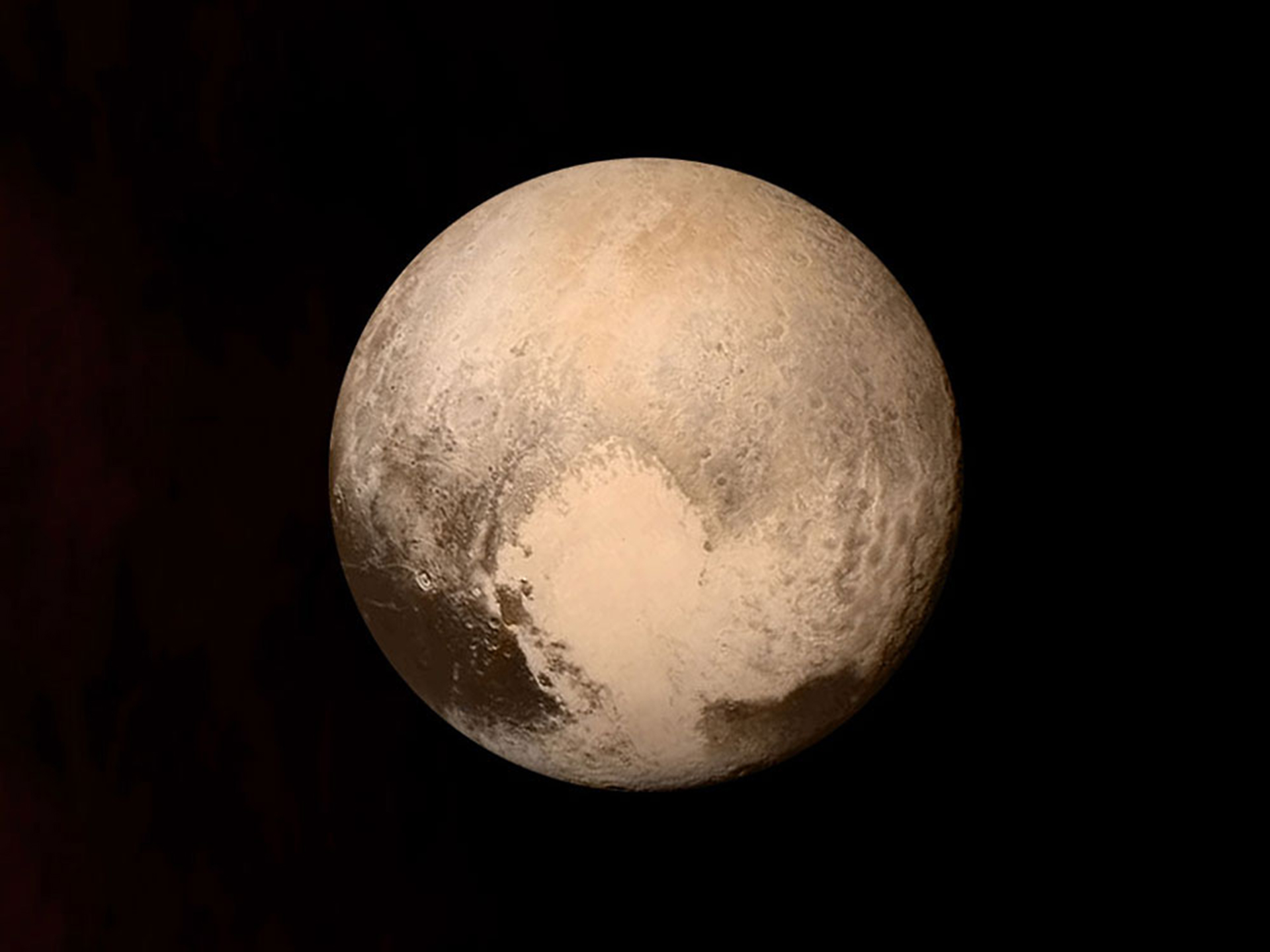
PLUTO, a dwarf planet, has an orbital period of 90,465 earth days and rotates to face the sun once every 6d 9h 17 m 36s. Temperatures average at 44 K (−229 °C). Atmospheric pressure is greater than 3 microbar and is composed of 90% Nitrogen, 8% carbon monoxide and 2% methane.
HAUMEA | Dwarf Planet
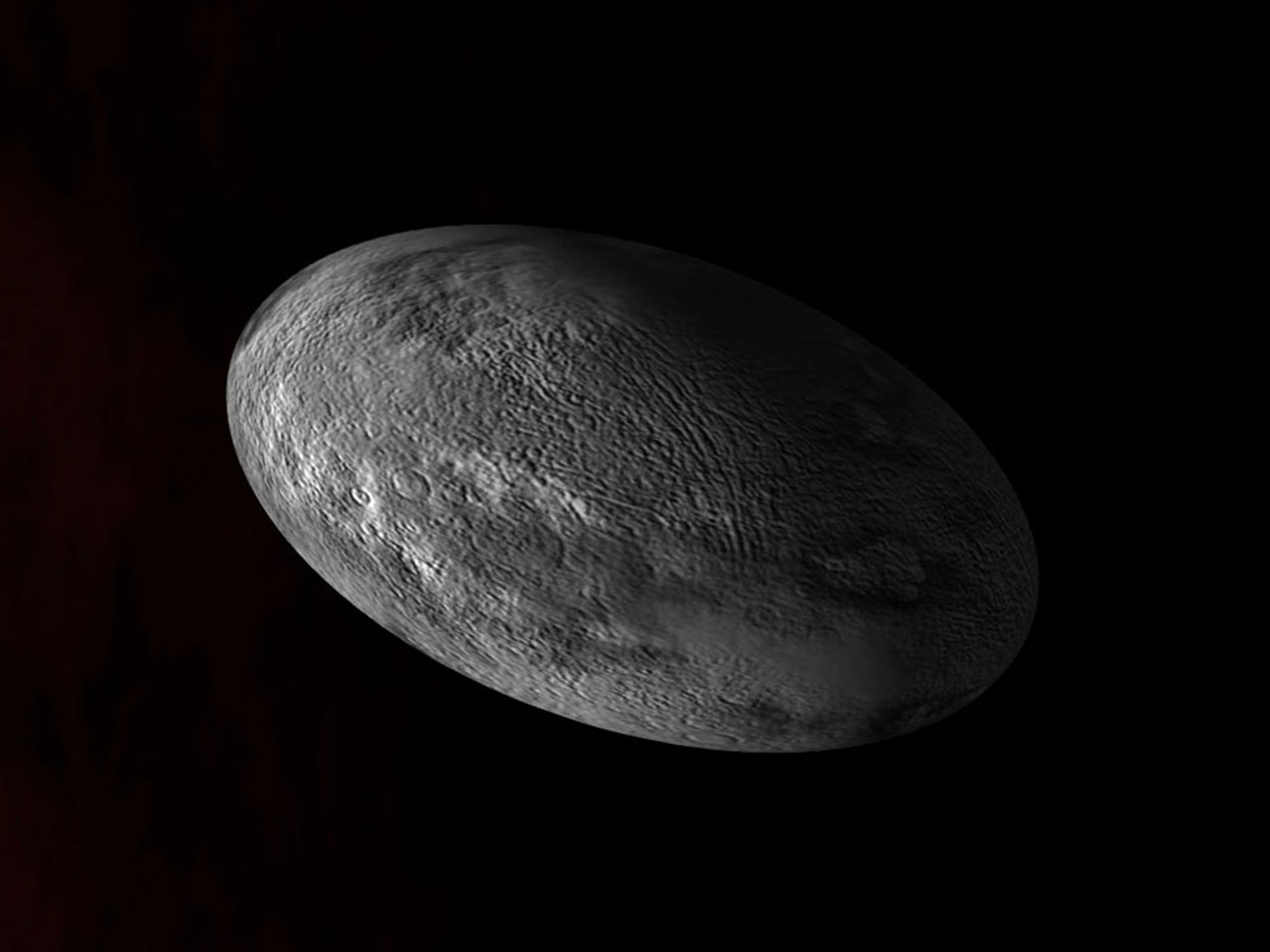
HAUMEA, a dwarf planet, has an orbital period of 103,774 earth days and rotates to face the sun once every 9m 47s. Temperatures average at 50 K (−223 °C).
MAKEMAKE | Dwarf Planet
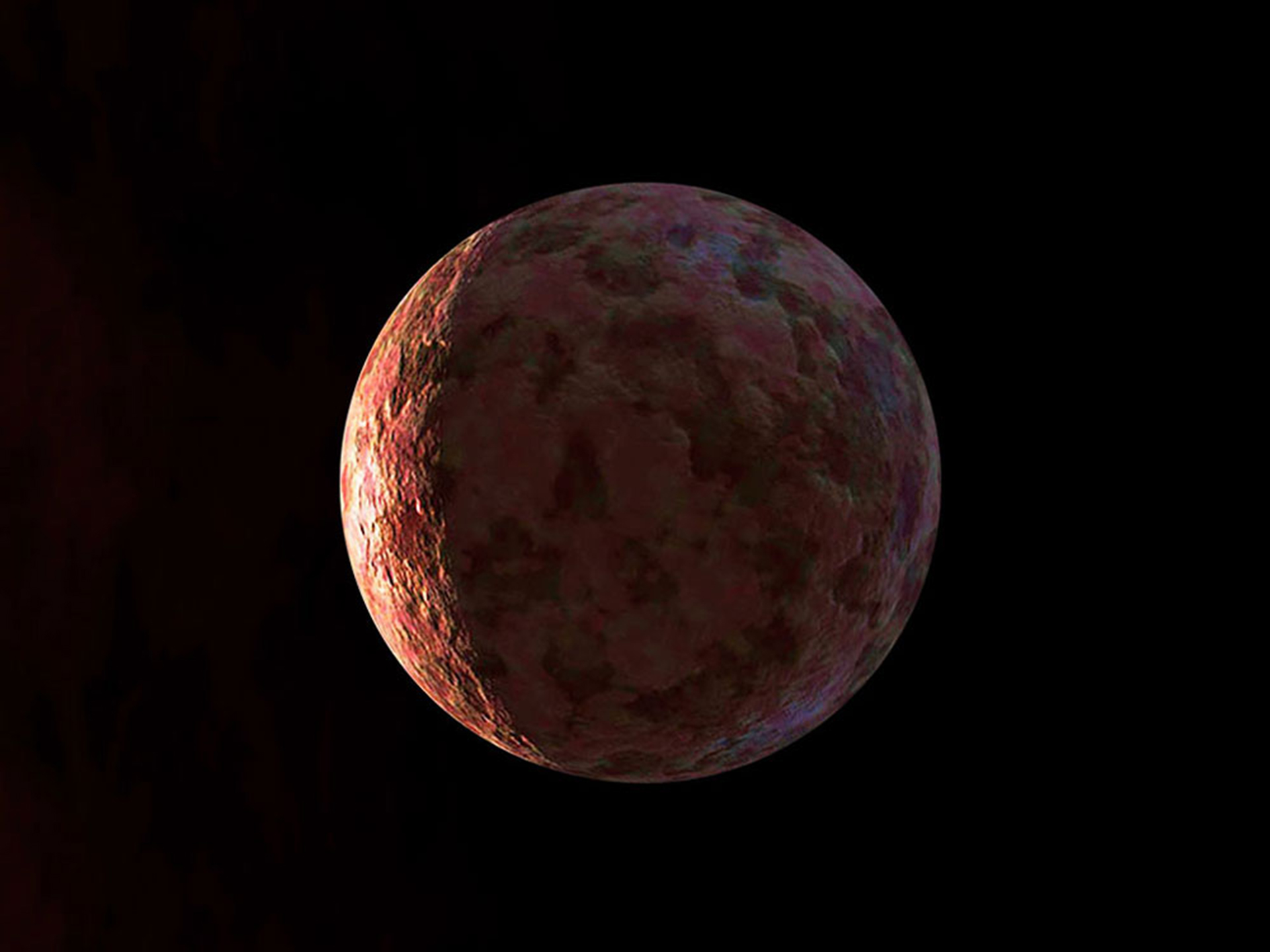
MAKEMAKE, a dwarf planet, has an orbital period of 112,897 earth days and rotates to face the sun once every 22h 28 m 48s. Temperatures range from 32 K (−241 °C) to 44 K (−229 °C).
ERIS | Dwarf Planet
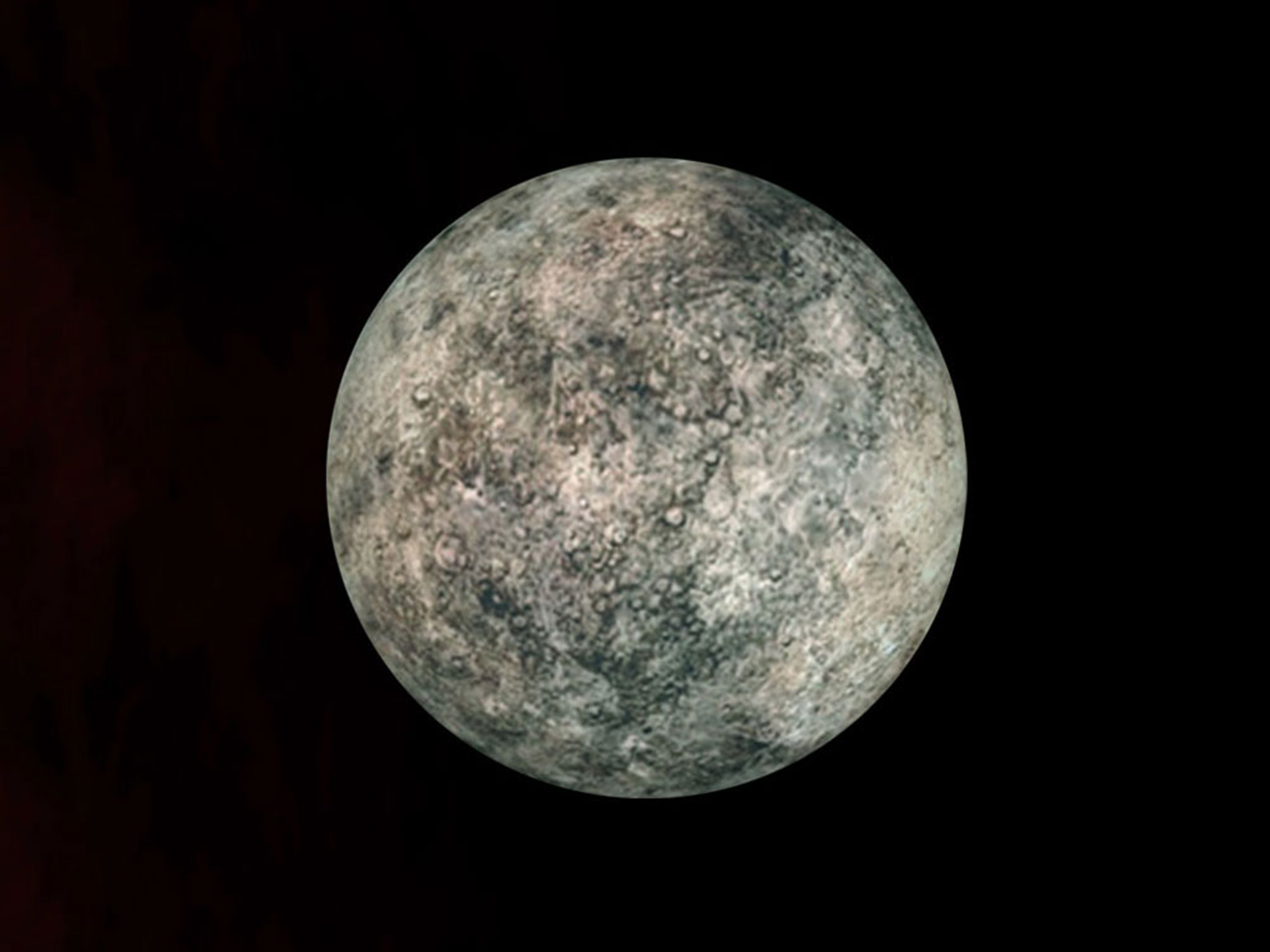
ERIS, a dwarf planet, has an orbital period of 203,830 earth days and rotates to face the sun once every 25h 54 m. Temperatures range from 30 K (−243 °C) to 55 K (−218°C).
EXOPLANETS
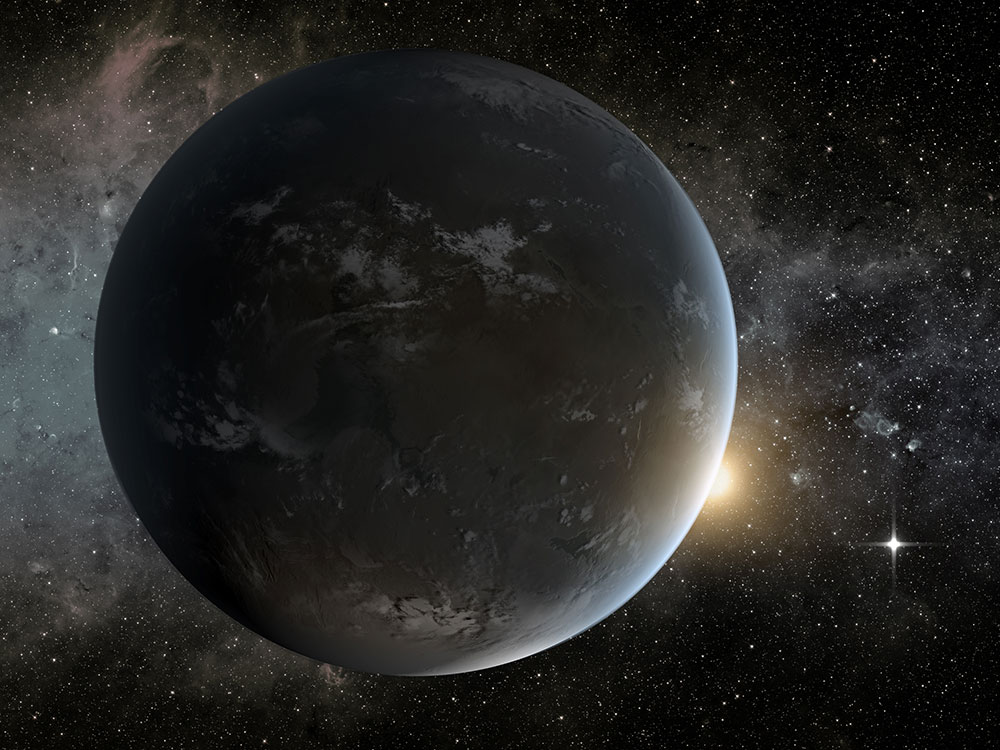
EXOPLANETS, Currently there are 1,924 confirmed planets outside of our solar system and at least 3,843 objects of interest yet to be confirmed.
Every object within the solar system, from the sun, solar wind, planets, dwarf planets, satellites, asteroids, meteors, the Asteroid belt and the Kuiper belt have a direct effect upon each other as energy and mass are proportionate to gravity and the orbits that these objects take.
The synchronous orbits of the planets with each other within the solar system illustrate how systems are created and become dependent upon each other.
These signatures can provide tell-tale signs that can lead us to profound discoveries and equip us with the intellectual tools that may in the future, prevent a catastrophic celestial event from happening or just simply help us understand our world a little better…
